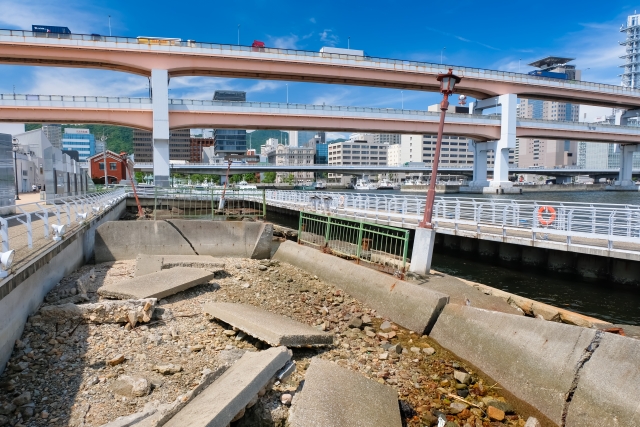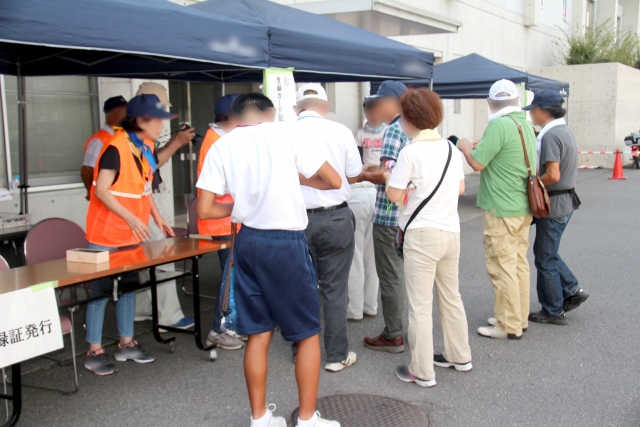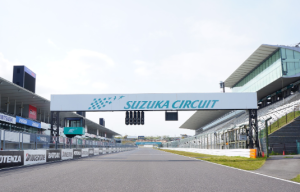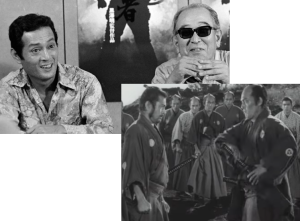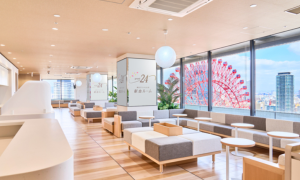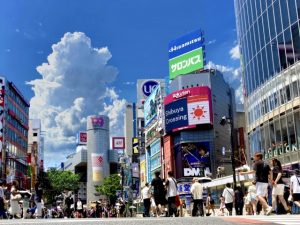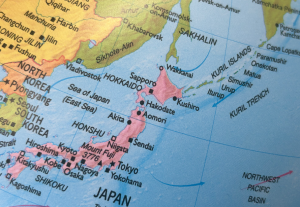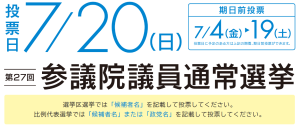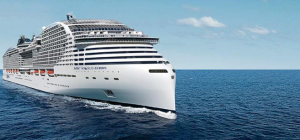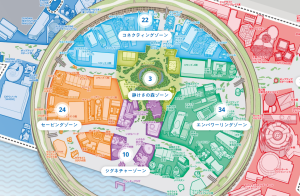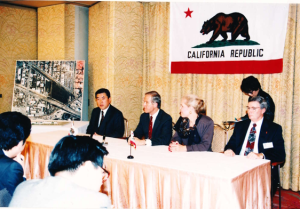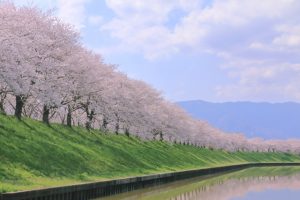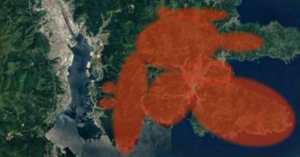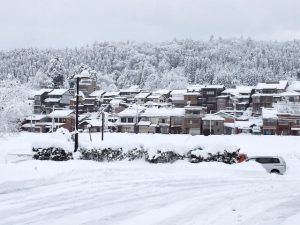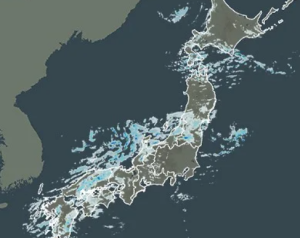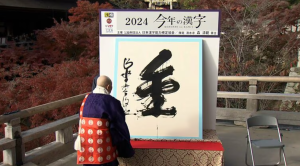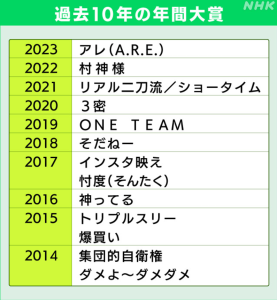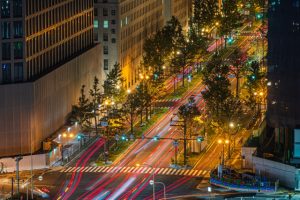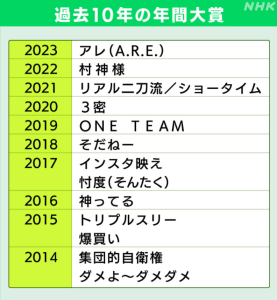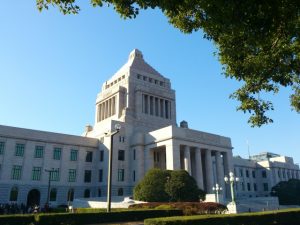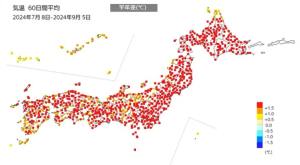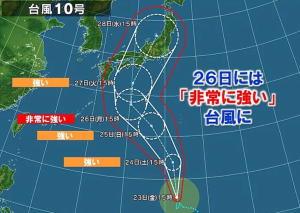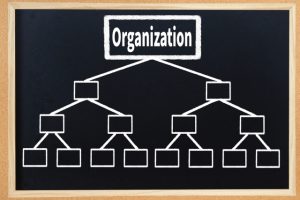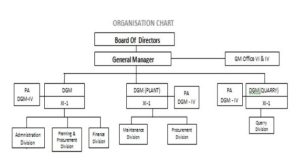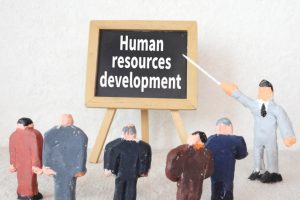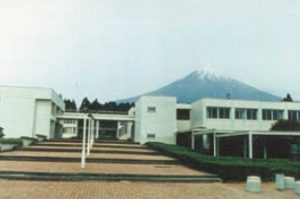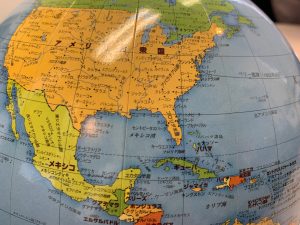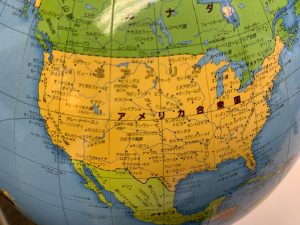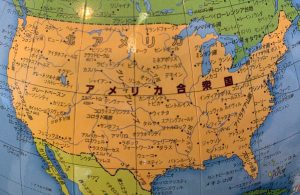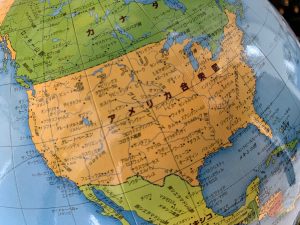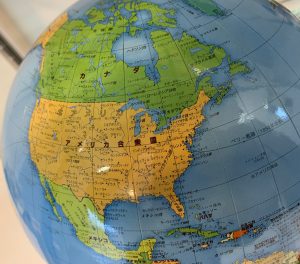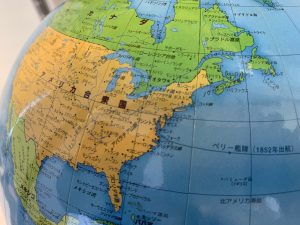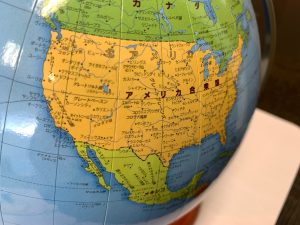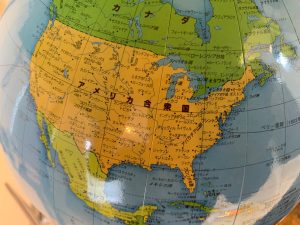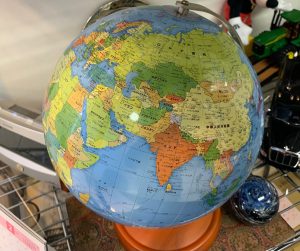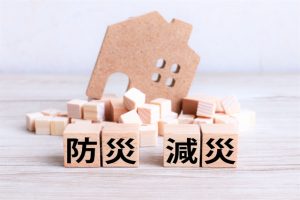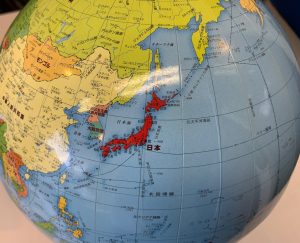Re: 27 years after Great Hanshin earthquake and preparations for disasters January 21, 2022
27 years have already passed since the Great Hanshin earthquake occurred. The date and time of the occurrence was 5:46AM on January 17,1995 and the epicenter was Awaji channel off northern parts of Awaji Island in Hyogo Prefecture. The earthquake intensity was 7 (Magnitude 7.3), and there were 6,434 killed and about 4.4 ten thousand wounded. About 25 ten thousand houses were completely or partially destroyed, and total financial damage was about 10 trillion yen.
When the earthquake occurred, I was the president of Konoike Transport Co., Ltd. and on a business trip in Beijing, China. Therefore, as a matter of fact, I have not any experience of this disaster, even if I am a resident of Hyogo Prefecture. There is a time difference of one hour between Japan and Beijing, and I heard ‘The situation in Kobe is critical’ by phone from my local resident at lodging hotel, and I tuned in to a channel of Japanese broadcast on TV in a hurry. And the first scene that came to my attention was television pictures of crushed highways.
I returned to Japan two days after the earthquake. It was already possible to take off and land at Kansai Airport, and just before the aircraft came in for landing, the aircraft flied parallel to the coast line that links Kobe to Osaka. Looking from the sky, a lot of black smokes rose to the sky like ‘a signal fire’ in Kobe and its vicinity. The Great Hanshin earthquake did not cause Tsunami like Great East Japan earthquake, but damage by fire was severe. And several days later when I visited the disaster-stricken area, what I saw was roofing tiles hanging over completely destroyed private houses, and cruelly crushed 2~3 floors of multilayer story building due to the weight of upper floors. Konoike Transport Co., Ltd. got approval of emergency transportation of goods without delay, and thought that a first priority is delivery of water to the disaster-stricken area at any rate, and put rescue operation into effect by collecting water wagons from the whole country. And we also did rescue transportation of goods on railroad track by hands on foot.
After the World WarⅡ, because of Fukui earthquake in June 1948 (Magnitude 7.1, death toll 3,769) ‘the earthquake intensity grade 7(very severe earthquake)’ was established in Japan. After that, besides Great Hanshin earthquake, big earthquake such as Great East Japan earthquake in March 2011 and Kumamoto earthquake in April 2016 occurred. Medium and small sized earthquake occurs almost everyday in Japan. And in the near future, there are the possibility of big earthquake such as earthquake whose epicenter is directly below Tokyo, Nankai megathrust earthquake and earthquake around the Japan Trench and the Chishima Trench, and it is reported that these earthquakes will cause terrible damage. The occurring time of these earthquakes can’t be concluded, but we have to think that these will definitely occur.
In Japan, besides earthquake and tsunami, there are a lot of active volcanos, typhoon, stroke of lighting, whirlwind, heavy rain and landslide, and also there are risk of tsunami such as the submarine volcano in Tonga the other day, earthquake and eruption occurred in very far from Japan such as Mexico, South America, and so on. We can’t escape from these once we live in Japan. And there is also pandemic such as raging corona virus right now, and there are various accidents and incidents too. The fact is that we are living every day cheek by jowl with such risks. There is a lesson ‘A disaster strikes when people do not expect it’, and it is important that we must work out not to forget past experience and teachings. Ironically, disasters and incidents do not come when we are ready for them, but they attack moment’s relaxed feeling and gap. It is important that we do not ‘face directly with the nature’, and we ‘try to know, fear, and co-exist with the power of the nature’.
In addition, once disasters and incidents occur, it is asked whether ‘the manual has been made’ or ‘it has been done according to the manual’. However, disasters and incidents do not always come according the manual. The situation of the scene is extremely varied and changes every second. At the time of disaster, there is the case that transportation, logistics and communication network may cut off. Therefore, it all depends on quick judgement by the persons encountered the scene. Because of that, it is important to simulate various cases every day, and train relating to find out optimal solution.
(P.S.) 6 months have passed since our office opened. I would like to express my sincere thanks for your support. And as one of our contents of business, ‘consulting service for foreign companies that want to enter the Japanese market’ is published. In this connection, I would like to publish English version of my Blog once the translation is completed starting this year.
As a start, I deliver English version of my Blog written on January 7 and 14 this year all at once.
